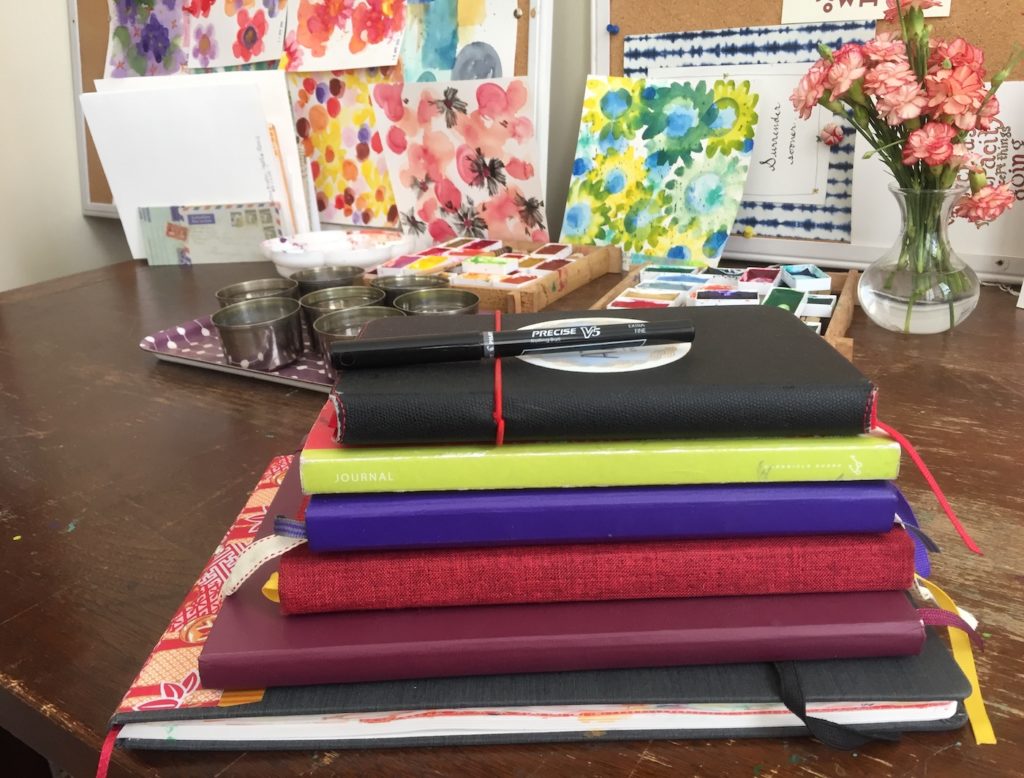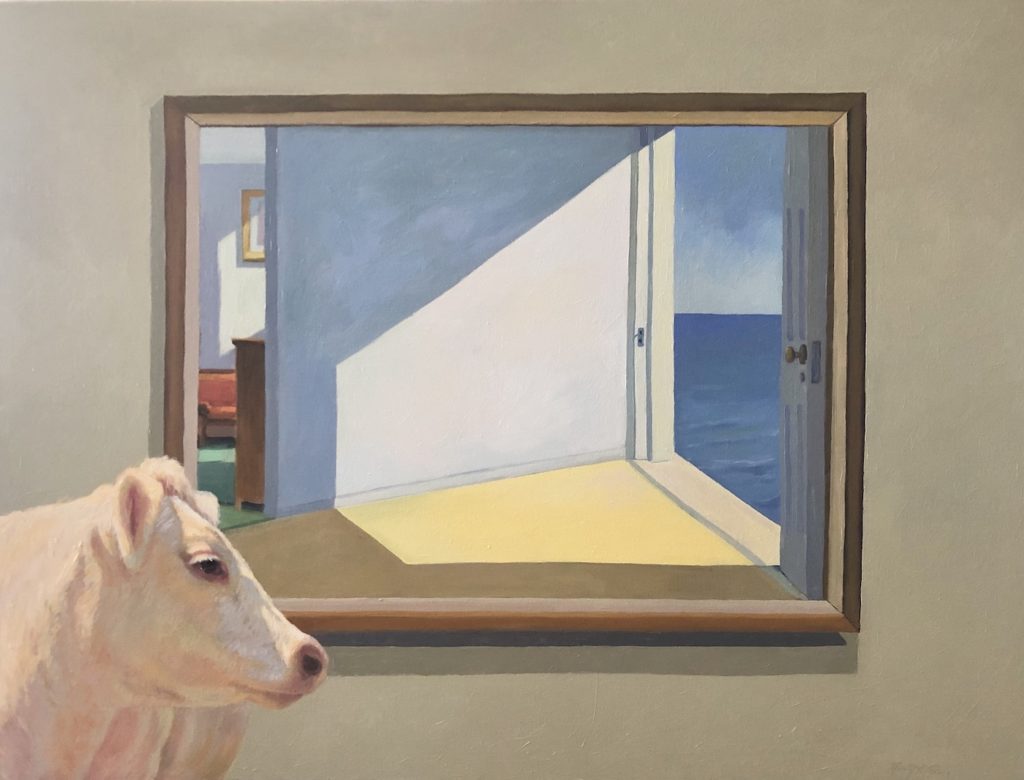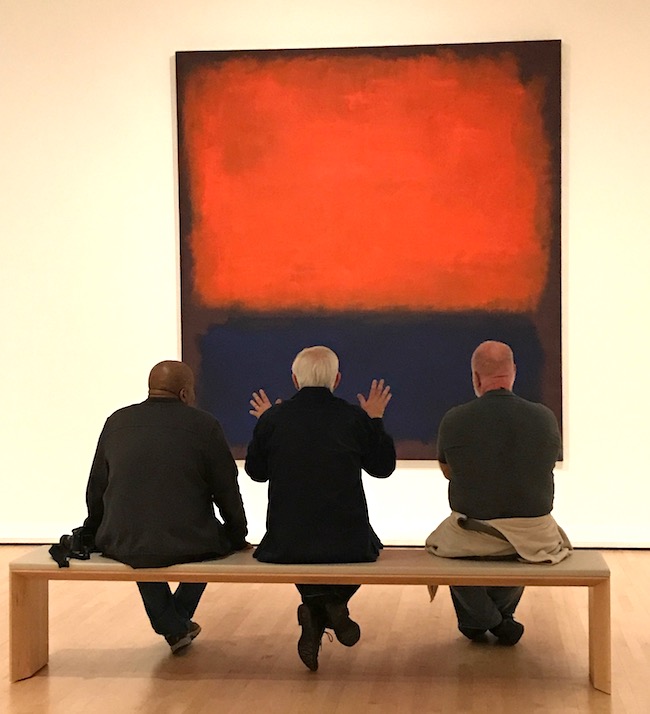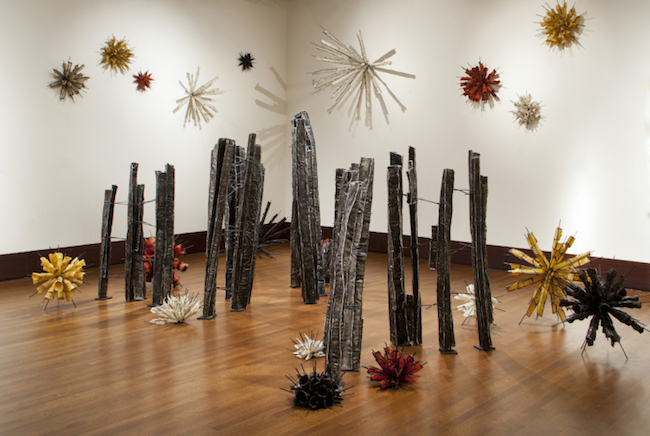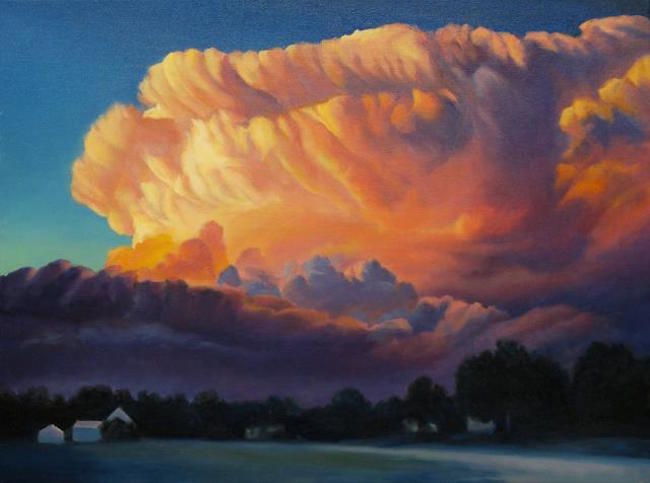In the spring of 2018, Cathy Read took my Magnetic You course. Now this class isn’t for the faint of heart because it involves a lot of writing. And, if you’re like most of my clients, you really would prefer to get by without more writing.
We work on your artist statement, bio, about page, stories about your art, and your branding. All of your hard work leads to a cohesive presentation that makes you more attractive to buyers, curators, and collectors.
One of the most important lessons in Magnetic You involves meditating on your art. You read that right. Meditating on your art. I insist that art speaks when you give it the time and space to tell you its story. Then you have to capture that story in a journaling process.
Cathy wrote pages and pages about a new body of work. Then she got an idea from another lesson to leverage all of that writing she had done.
It didn’t just stay in a notebook or in a file somewhere in the dark depths of her computer. Nooooo. She put it to work and turned her written stories into audio for an exhibition.
The leap Cathy took from written word to audio involves a different way of thinking. It’s much like how museums consider programming their shows. They don’t simply put up the art along with nearby labels. They have docents who lead tours, scholars who give presentations, activities to expand on a theme, and audio for telling stories.
Why shouldn’t artists do the same when they have their own solo shows?
I asked Cathy all about the process and experience in this episode of the podcast.



